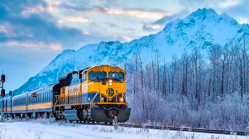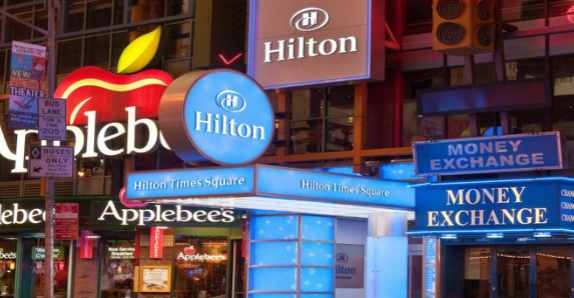Road no. 1 or ring road, also known as "Ring Road" or "Route 1" is the main road in Iceland and surrounds it connecting most of the towns, including Reykjavik , the country's capital. This circular road has 1,339 km. and it runs through the different landscapes, full of contrasts in Iceland such as fjords, mountains, waterfalls, black sand deserts, glaciers, etc...
The Ring Road
Those who promote off-the-beaten-track places like Snæfellsnes , Reykjanes or the extreme northeast of Iceland often complain about the prominence of this ring road, as they see the traveler missing out on many of Iceland's most special attractions.
But on the other hand, and this is also very true, whoever goes around Iceland clinging to this route will pass through many of the country's greatest attractions and it is an excellent introduction for anyone coming to Iceland for the first time.

We recommend that if the traveler has more than 6 or 7 days, and leaving this circular road occasionally, they can complete their visit with the wonders that they will find making incursions to other attractions that can be found preferably in the Snæfellsnes and Reykjanes Peninsula for its proximity to Reykjavik and its stunning beauty.
Returning to the heart and theme of this article, among the many incredible places that the ring road brings us closer, there are some of the largest cities in the country, some of the most impressive waterfalls in Europe, the largest glacier in Europe Vatnajökull and the famous Eyjafjallajökull among others, the glacial lagoon full of icebergs and seals of Jökulsárlón … and this only on the south coast !
We have already published various articles on the main attractions. From South Iceland, East Iceland, North Iceland and West Iceland on our blog. Just pointing out that you definitely won't run out of things to see and do.
The ring road or "Ring Road" has, as we have already pointed out, 1,339 km. in length, which makes it ideal for exploring Iceland quietly in a week or even longer. But the relaxed driving plan also makes it easier to implement one or all of the missing areas mentioned above to increase your trip duration and see more during your stay in Iceland.
Another place worth mentioning is on the road in the area between Reykjavik and Borgarnes. If you decide to save the €6 that the tunnel that passes under Hvalfjörður costs, you will take the old road that runs through this beautiful fjord. From my point of view, it is highly recommended if you have enough time and want to visit the second highest waterfall in Iceland, Glymur , with an easy walk, at 198m high.
The No.1 Highway
Highway No. 1 is a national highway and the country's main artery used by cargo trucks almost every day of the year. This means that during the winter it is a top priority to keep it clear of snow while it is open to road traffic most days of the year. Of course, extreme weather can close even this national road for short periods, so it's always best to check road conditions before heading out in the summer months. We shouldn't have these concerns during the summer, or at least not 90% of the time.

Although it may seem surprising, the road was completed and finally came full circle in 1976 and most, but not all, of it was paved. The speed limit on the entire road is 90 km/h (80km/h on gravel areas) and the police are extremely tough on this, handing out "recipes" for speeding left and right, the Selfoss police stations being especially active. and Blönduós.
According to information provided to us by the Highway Authority, around half of the fines issued in Iceland are for foreign tourists.






